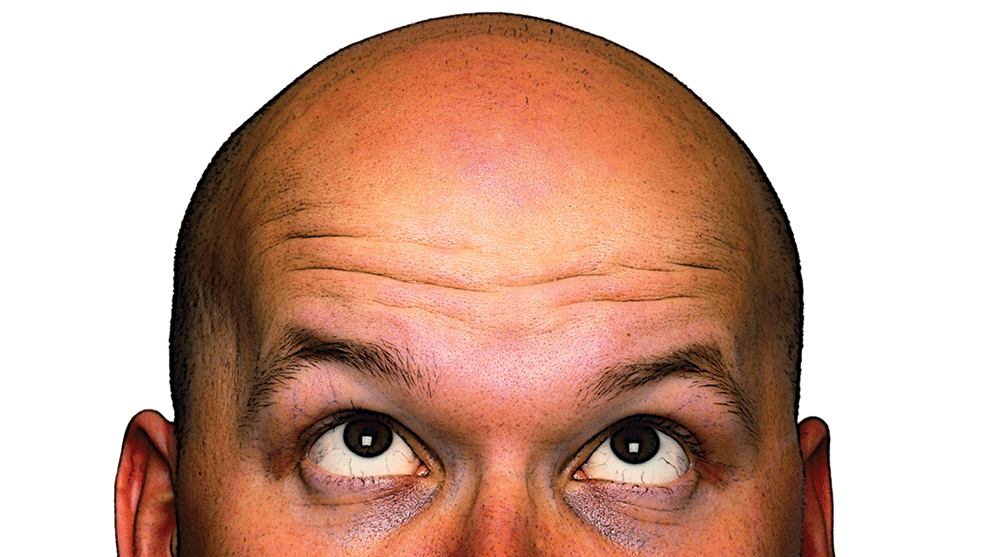Orangutans, mice, and horses are covered with it, but humans aren’t. Why we have significantly less body hair than most other mammals has long remained a mystery. But a first-of-its-kind comparison of genetic codes from 62 animals is beginning to tell the story of how people—and other mammals—lost their locks.
 Humans appear to have the genes for a full coat of body hair, but evolution has disabled them, scientists at University of Utah Health and the University of Pittsburgh report in the journal eLife. The findings point to a set of genes and regulatory regions of the genome that appear to be essential for making hair.
Humans appear to have the genes for a full coat of body hair, but evolution has disabled them, scientists at University of Utah Health and the University of Pittsburgh report in the journal eLife. The findings point to a set of genes and regulatory regions of the genome that appear to be essential for making hair.
The research answers fundamental questions about mechanisms that shape this defining human characteristic. The scientists suspect it could eventually lead to new ways to recover hair after balding and chemotherapy—or in people with disorders that cause hair loss.
The study goes on to show that nature has deployed the same strategy at least nine times in mammals that sit on different branches of the evolutionary tree. Ancestors of rhinos, naked mole rats, dolphins, and other hairless mammals stomped, scuttled, and swam along the same path to deactivate a common set of genes in order to shed their hair and fur.
“We have taken the creative approach of using biological diversity to learn about our own genetics,” says Nathan Clark, a human geneticist at U of U Health who carried out much of the research while at the University of Pittsburgh with Amanda Kowalczyk and Maria Chikina. “This is helping us to pinpoint regions of our genome that contribute to something important to us.”
To perform the search, they developed computational methods that could compare hundreds of regions of the genome at once. They surveyed 19,149 genes and 343,598 regulatory regions that were conserved across the dozens of mammalian species analyzed. Clark and colleagues are now using the same approach to define genetic regions involved in preventing cancer, extending lifespan, and understanding other health conditions.



As a dermatologist, I’m really intrigued by this research comparing genetic codes across mammals to understand what suppresses hair growth in humans. Uncovering the key genes and regulatory regions involved could be a game-changer for treating hair loss conditions like male pattern baldness and alopecia. Using biological diversity to gain insights into our own genetics is such a clever approach. I’m excited to see how these findings might lead to new hair loss therapies down the line.